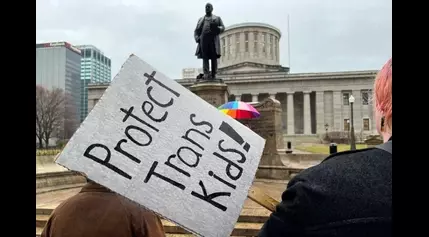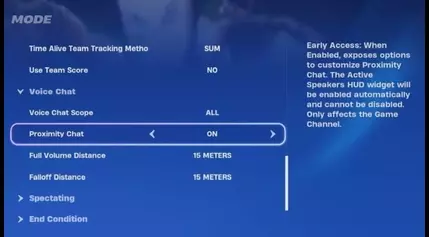Evansville Police Conduct High-Risk Traffic Stop, Sparking Widespread Delays
Evansville, Indiana, was the scene of a tense police operation on Monday afternoon, as officers from the Evansville Police Department (EPD) executed a warrant service involving a "high-risk car stop." The incident caused significant traffic delays for many drivers in the area, leaving commuters frustrated and curious about the details behind the law enforcement action.Unraveling the Complexities of a High-Risk Situation
Warrant Service Leads to Roadblock
According to EPD Sgt. Trudy Day, the police department was not the lead agency in this case, but was assisting in the warrant service. A photo shared by a viewer showed an EPD cruiser blocking several lanes of the westbound Lloyd Expressway near Stockwell Road, indicating the scale and potential danger of the operation.The decision to conduct a "high-risk car stop" suggests that the officers involved were dealing with a suspect or situation that was considered particularly hazardous. These types of traffic stops are typically employed when law enforcement has reason to believe the individual(s) may pose a significant threat to public safety or to the officers themselves. The use of a roadblock to control the flow of traffic and isolate the target vehicle is a common tactic in such high-risk scenarios, allowing the officers to maintain control and minimize the potential for harm.
While the specific details of the warrant and the suspected criminal activity remain unclear, the involvement of multiple law enforcement agencies, including what appears to be the Drug Enforcement Administration (DEA), indicates that this was a complex and potentially high-stakes operation. The decision to disrupt traffic and create a roadblock on a major thoroughfare like the Lloyd Expressway underscores the seriousness of the situation and the need for the officers to exercise caution and control the environment as much as possible.
Commuter Confusion and Frustration
The traffic delays caused by the police operation were undoubtedly a source of frustration for many drivers in the area. Commuters who were caught in the gridlock likely experienced significant delays, potentially causing them to be late for work, appointments, or other important commitments.While the safety and security of the public is the primary concern for law enforcement during such operations, the impact on the local community cannot be overlooked. Sudden and unexpected traffic disruptions can have ripple effects throughout the surrounding area, causing inconvenience, stress, and potential economic consequences for businesses and individuals affected by the delays.
In situations like this, clear and timely communication from the authorities can help to alleviate some of the public's concerns and frustrations. Providing updates on the status of the operation, estimated timelines for the roadblock, and any alternative routes or detours available can go a long way in helping commuters plan their journeys and minimize the impact on their daily lives.
Collaboration and Coordination Among Law Enforcement Agencies
The involvement of multiple law enforcement agencies, including the EPD and what appears to be the DEA, suggests a level of coordination and collaboration that is often necessary for complex, high-risk operations.When dealing with potentially dangerous situations, it is common for law enforcement agencies to pool their resources and expertise, drawing on the specialized skills and knowledge of different units or departments. This can include tactical teams, intelligence analysts, negotiators, and other specialized personnel who can provide valuable support and guidance during the operation.
The decision to involve the DEA in this case may indicate that the warrant service was related to a drug-related investigation or operation. The DEA's expertise in narcotics enforcement and their ability to coordinate with local law enforcement can be crucial in these types of situations, where the stakes are often high and the potential for violence or resistance is elevated.
Effective communication and coordination between the various agencies involved is essential to ensure the successful and safe execution of the operation, while also minimizing the impact on the surrounding community. By working together, the law enforcement teams can leverage their collective resources and expertise to address the situation at hand and maintain public safety.




















